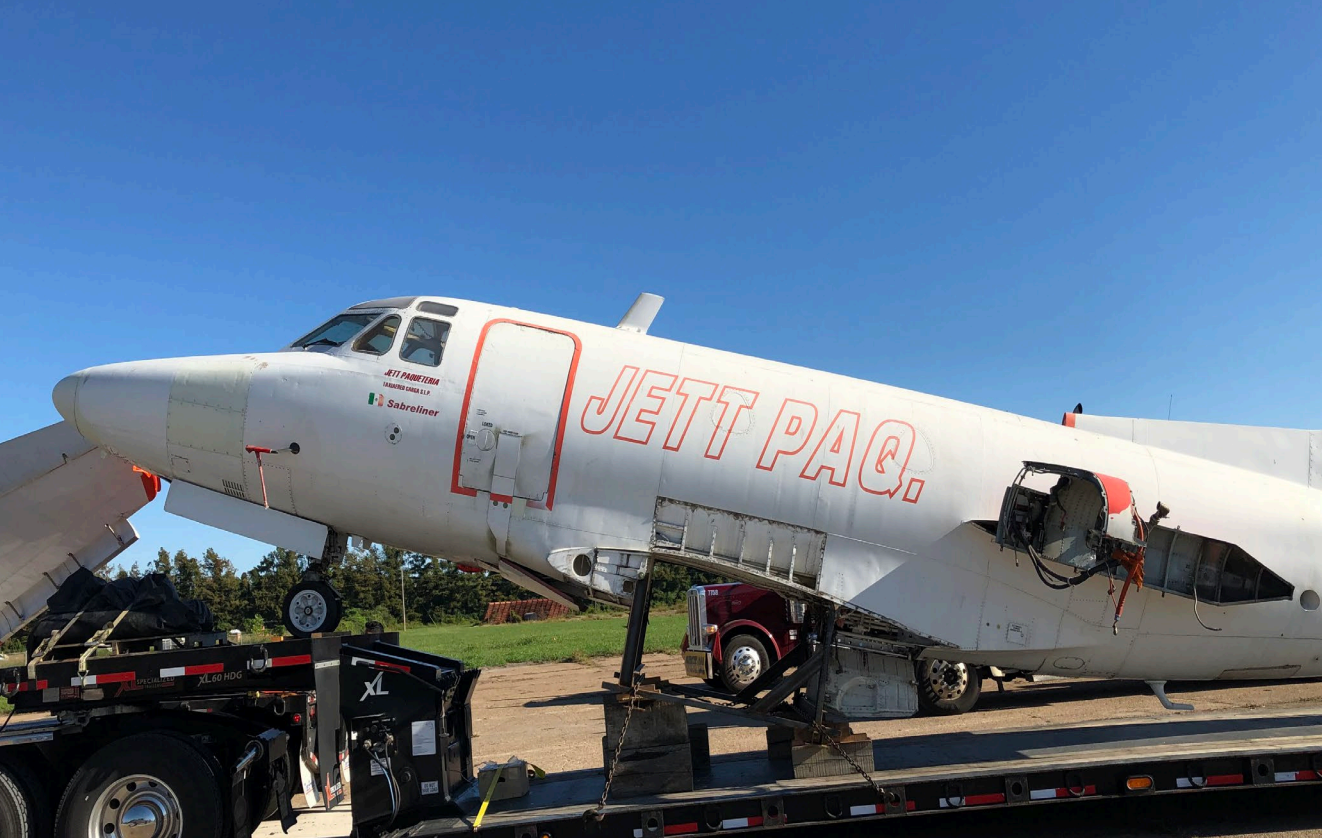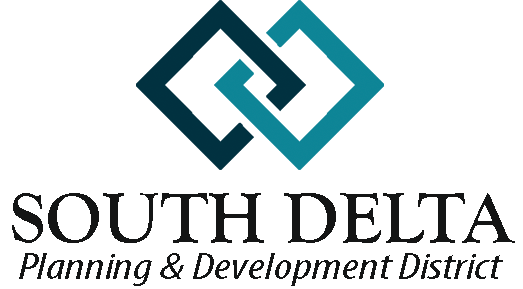Summary Background
CLUSTERS/SECTORS
According to the Sector Strategy Plan developed by the Delta Workforce Development Area, the South Delta region has grown from three significant clusters/sectors to five, manufacturing, health care, aviation, information technology, and agribusiness. At the writing of the previous CEDS, there were a few other industry categories that, although not included in the Sector Strategy, were relevant enough to remain a focus of industry/job recruitment efforts. (aerospace, metalworking, automotive, distribution, and plastics) Since that time, aerospace/aviation and information technology have become worthy of significant focus. Based on information obtained from the Mississippi Department of Employment Security, retail/wholesale has the highest number of employed persons in the 14-county Delta Workforce Area. Away from the more urban settings of the far north delta, retail is not necessarily sustainable as a growing sector for employment. The five significant sectors were established based on job growth projections,

Delta Regional Medical Center
sustainability and Delta Strong. Agriculture, although no longer the basis for all of the economy of the region, is still a major component. In 2006 the largest cluster in the area appeared to be Agribusiness, Food Products and Services. Since then, agribusiness has slipped behind health care and social assistance. Processed food production is still a part of the manufacturing-based sector; therefore, it brings together the sectors of manufacturing and agribusiness.
The district has the largest medical facility within a 120-mile radius. Four of the six counties in the region have hospitals located within their boundaries. Delta Regional Medical Center, located in the City of Greenville, is the largest medical facility in the area. Issaquena County and Humphreys County do not have medical facilities of their own. Humphreys County participated in a pilot project with the University of Mississippi Medical Center to establish a critical care clinic; however, the project was not sustainable as a critical care facility due to a lack of qualified staff willing to work within the design of the program. The facility has since been turned over to a more family oriented medical practice.
The health care and social assistance sector has begun to outpace agribusiness as a source of employment in the region. The manufacturing sector, in the current climate, is where the majority of job creation/improvement strides have been made in the Workforce counties surrounding the South Delta district.

The Delta Strong initiative started to bring about improvement and growth in the manufacturing sector/cluster. Delta Strong is a new regional branding, marketing, and business attraction program aimed exclusively toward attracting new manufacturing opportunities to the Mississippi Delta. The initiative is supported by private sector financial institutions, planning and development districts, port terminals on the Mississippi River, local economic development foundations, and utility/infrastructure partners. This strategy, led by the Delta Council Development Department, is a multi-year plan which includes outcome measurements and transparency that positions the Mississippi Delta region as a major player
in the attraction of manufacturing, distribution, and warehousing operations. Although tourism is not considered a significant sector/cluster it is an up-and-coming component of the local economy and employment. The region is steadily taking hold of the tourism opportunities that are related to the region. Music and museums are now a force in the local economy and driving hospitality industry entrepreneurship. The construction of the B. B. King Museum, the Grammy Museum Mississippi and the Delta Music Institute has been the catalyst for new restaurants, hotels and shops that are springing up in the 28 area. In addition to music, outdoor sporting activities such as hunting and fishing are helping to bring about outfitter and guide businesses as well as sporting goods retailers.
The aviation/aerospace sector is expected to be the next “big thing” within the area. It appears that the region was unknowingly sitting on a very large collection of airplane hangar space, apron space, runways long enough to land almost any aircraft and very empty airspace. With this revelation, job creation opportunities and workforce training opportunities have come to the forefront. The training and employment program will be working in partnership to make sure the training is sector driven.
The information garnered from the sector/cluster analysis is an indicator of “the way things have been” in the South Delta area but, it is also an indicator of the opportunities that can be taken advantage of moving forward. The low levels of training and educational attainment have left the majority of the labor force qualified for and working at the lowest paying jobs. This is where the Workforce Development Area steps in and provides the training

necessary for these workers to fill the gap of the middle-skill worker shortage. These sectors/clusters must be nurtured in order to provide more opportunities for employment and economic growth.
